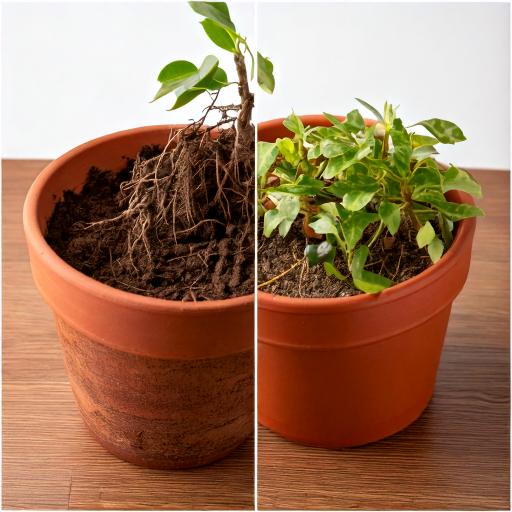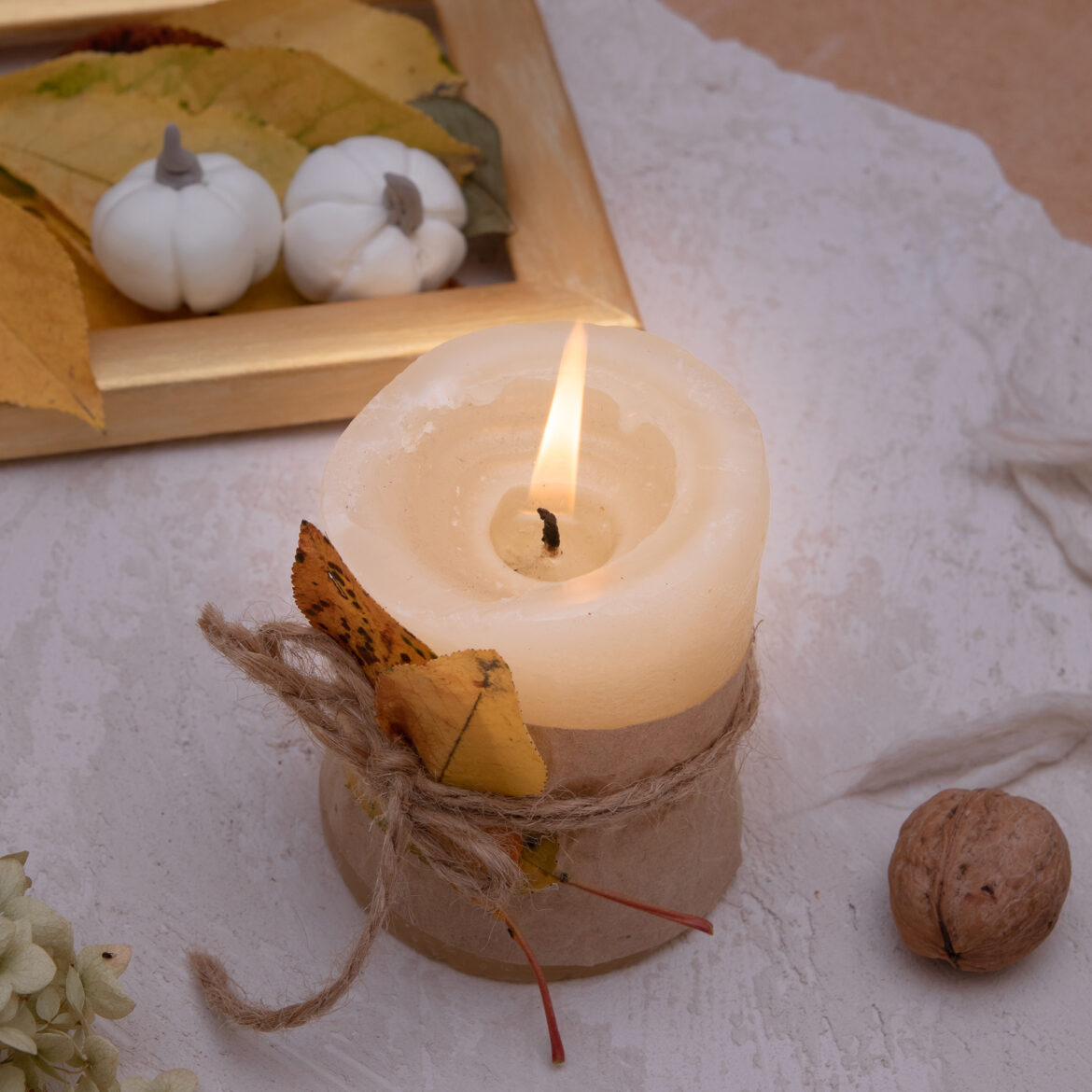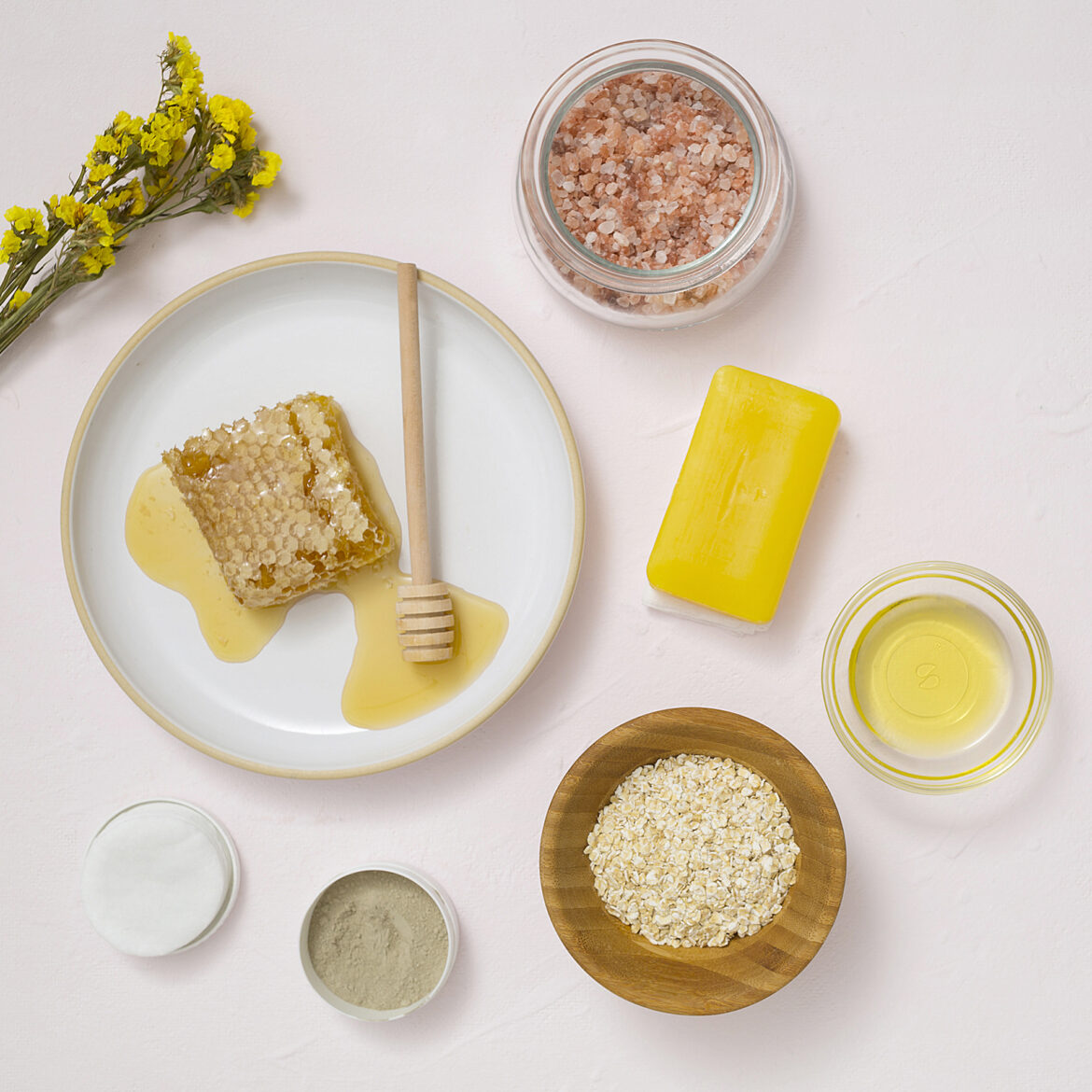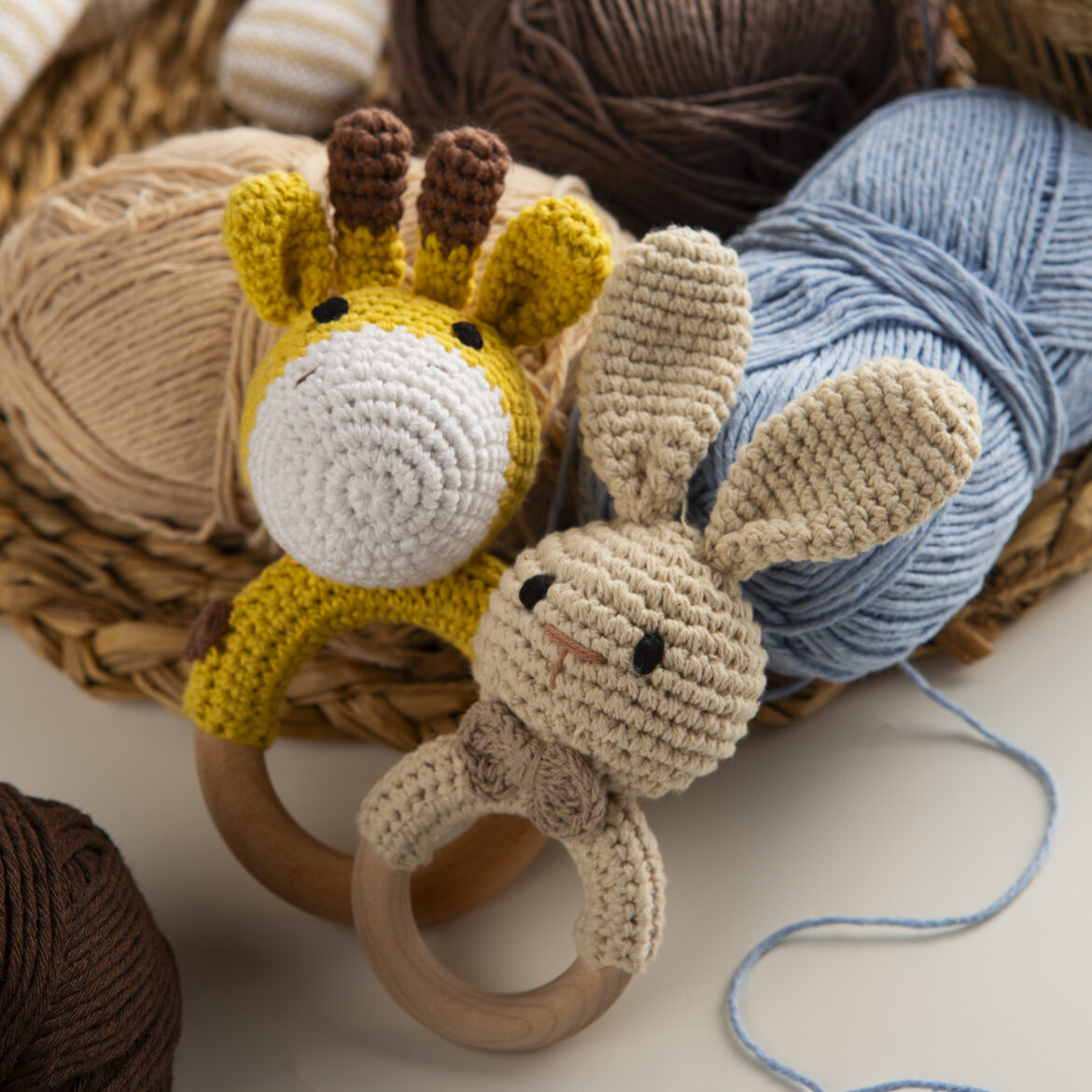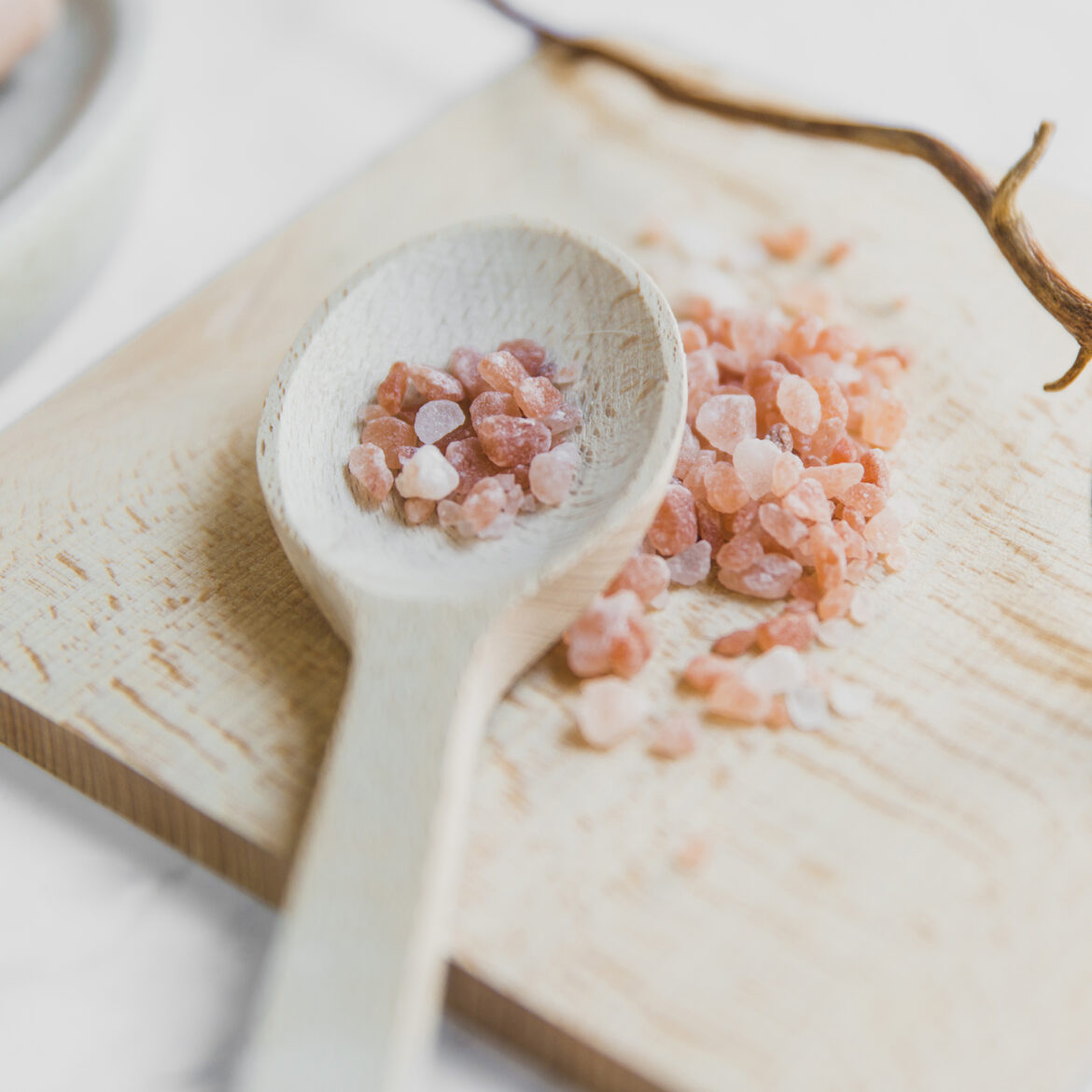5 Essential Plant Care Tips for Thriving Indoor and Outdoor Plants
Whether you’re a seasoned gardener or a beginner, understanding the basics of plant care is essential to help your greenery flourish. From sunlight to soil, plants have specific needs, and giving them the right care ensures healthy growth and vibrant blooms. Here’s how to keep your indoor and outdoor plants thriving.
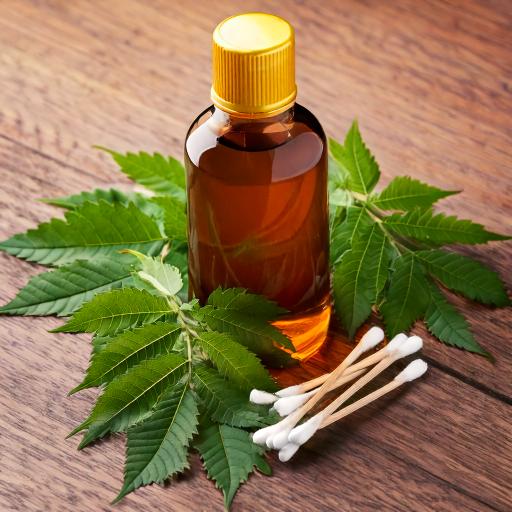
1. Understand Your Plant’s Light Requirements
Plants rely on light to perform photosynthesis, but different species have varying light needs.
- Bright, Direct Light: Succulents and cacti thrive in sunny windows or outdoor spots with uninterrupted sunlight.
- Indirect Light: Ferns and pothos prefer bright, indirect light to avoid leaf burn.
- Low Light: Snake plants and ZZ plants are excellent choices for low-light areas.
Pro Tip: Rotate your plants every couple of weeks to ensure all sides receive adequate light and grow evenly.
2. Master the Art of Watering
Overwatering is one of the most common reasons plants struggle. Understanding their water needs is crucial.
- Indoor Plants: Check the top inch of soil with your finger; if it’s dry, it’s time to water.
- Outdoor Plants: Water early in the morning or late afternoon to prevent evaporation and ensure roots absorb enough moisture.
- Use pots with drainage holes to avoid waterlogging and root rot.
Eco Tip: Collect rainwater to use for watering—it’s free and chemical-free!
3. Choose the Right Soil and Fertilizer
Soil plays a vital role in supporting plant growth, and fertilizers provide essential nutrients.
- Indoor Plants: Use well-draining potting mixes tailored to the plant type, such as cactus soil for succulents or peat-based mixes for tropical plants.
- Outdoor Plants: Enrich garden soil with organic compost or mulch for better aeration and nutrient retention.
- Fertilize sparingly; most plants only need fertilization during their active growing seasons (spring and summer).
Pro Tip: Avoid over-fertilizing—it can damage the roots and harm the plant.
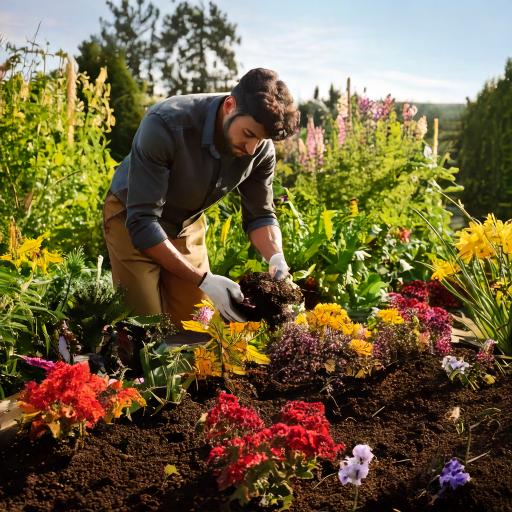
4. Keep an Eye on Pests and Diseases
Pests like aphids, spider mites, and mealybugs can wreak havoc on plants.
- Prevention: Inspect new plants before introducing them to your collection.
- Treatment: Use natural remedies like neem oil or a mix of water and dish soap to combat infestations.
- Regularly clean leaves to remove dust and pests, ensuring proper airflow and photosynthesis.
Quick Fix: Introduce beneficial insects like ladybugs to your garden to control harmful pests naturally.
5. Repot and Prune for Healthy Growth
Repotting and pruning are essential to maintain plant health and encourage growth.
- Repotting: If roots are peeking out of the drainage holes, it’s time to move your plant to a larger pot. Use fresh soil to give it a nutrient boost.
- Pruning: Trim dead leaves and stems to prevent disease and promote new growth.
Pro Tip: Prune flowering plants after they’ve bloomed to encourage future blooms.
Conclusion
Caring for plants doesn’t have to be overwhelming. By understanding their specific needs for light, water, soil, and maintenance, you can create a nurturing environment where they can thrive. With these tips, your indoor and outdoor plants will reward you with lush growth and vibrant beauty.


